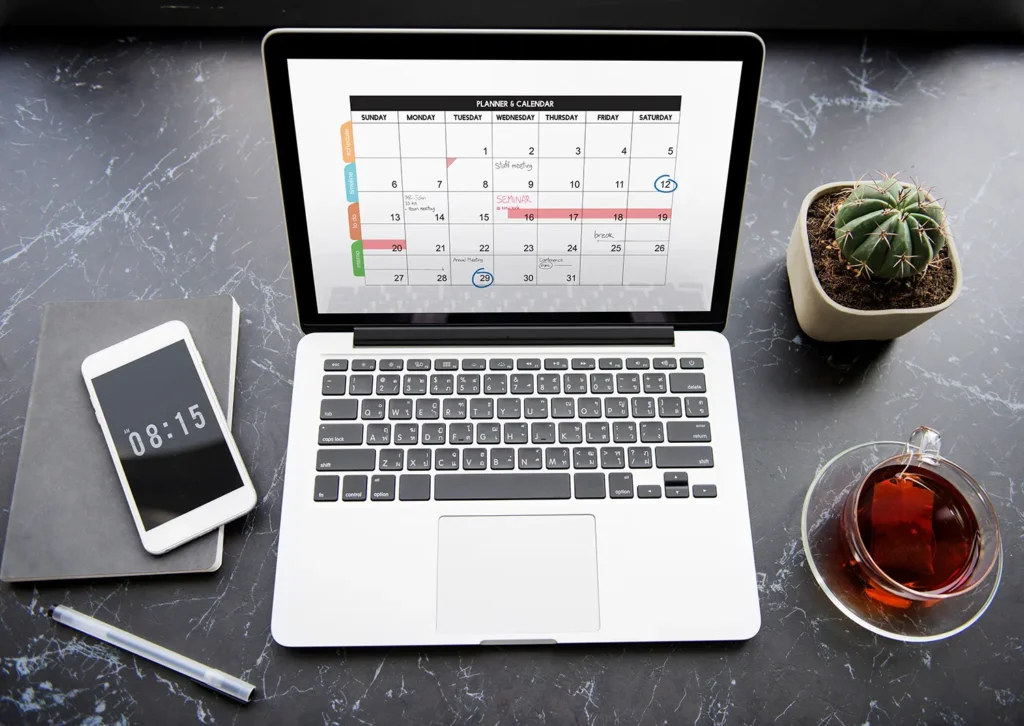Introduction
Debt is something nearly everyone experiences—whether it’s student loans, credit card balances, car payments, or mortgages. But while debt itself isn’t always bad, mismanaging it can destroy your financial future health.
The good news? You can take control.
This guide will walk you through managing debt effectively, showing you how to reduce financial stress, boost your credit score, and regain peace of mind.
Managing debt effectively is one of the most important steps toward achieving financial stability and peace of mind. Debt, if left unmanaged, can create stress and limit your opportunities, but with the right strategies, it can be controlled and even reduced over time.
By understanding your financial obligations, setting clear priorities, and making smart repayment decisions, you can regain control of your money and move closer to your long-term financial future goals.
Understanding the Types of Debt
Before you manage debt, it’s important to understand the different types:
Not all debts are the same, and understanding the different types is key to managing them wisely. Good debt, such as student loans or a home mortgage, can help build your financial future by investing in education or property. On the other hand, bad debt, like high-interest credit cards or unnecessary personal loans, can quickly become a financial burden. By recognizing which debts add value and which create problems, you can make smarter choices, prioritize repayments, and work toward financial future freedom.
Good Debt
These are loans that may help grow your wealth or improve your life in the long term:
Student loans (education = higher income potential)
Mortgages (property builds equity)
Business loans
Bad Debt
This is high-interest debt that usually funds things that lose value over time:
Credit card debt
Payday loans
Unnecessary personal loans .
Knowing the difference helps you prioritize repayment effectively.
Why Managing Debt Effectively Matters
less stress: fever conllecton calls, overdue notice or sleepless night.
Improved credit score: Good debt management = financial opportunities.
More freedom: Less debt = more options for savings, investing, or fun!
Step-by-Step Guide to Managing Debt Effectively
Step 1: Know Exactly What You Owe
Create a debt inventory. Write down:
Debt Type Balance Interest Rate Monthly Payment Due Date
Credit Card $2,500 22% $100 5th
Car Loan $7,000 6% $250 10th
Student Loan $15,000 5% $150 1st
This gives you clarity on the full picture.
Step 2: Create a Realistic Budget
A solid budget lets you assign every dollar a job. Prioritize:
Needs (rent, food, transport)
Minimum debt payments
Extra toward high-interest debt
Emergency savings
Use the 50/30/20 rule as a guideline:
50% Needs
30% Wants
20% Savings + Debt Repayment
Step 3: Use the Debt Avalanche or Snowball Method
Two popular strategies:
Avalanche Method (Fastest)
Pay off highest-interest debt first
Saves you the most money long-term
Snowball Method (Easiest to stay motivated)
Pay off smallest debt first
Get quick wins → boost motivation
Example:
Snowball: Pay off $500 credit card before $2,000 loan
Avalanche: Pay off 25% interest card before 10% loan
Choose the one that fits your personality and stick with it.

Step 4: Negotiate Lower Interest Rates
Call your lender or credit card company and ask:
“Can you lower my interest rate?”
“Are there any hardship programs or payment plans?”
Even a small drop in interest can save hundreds over time.
Step 5: Consider Debt Consolidation
If you have multiple debts, consider:
Debt consolidation loan: Combines debts into one lower-interest payment
Balance transfer card: 0% interest offers (be careful of fees)
Credit counseling services: Nonprofits that help negotiate lower payments
Make sure you’re not just moving debt—aim to reduce it.
Step 6: Avoid Adding New Debt
Avoiding new debt is essential for keeping your financial future situation under control and making progress toward a debt-free financial future. Taking on additional loans or credit card balances while already managing existing debt can make repayment much harder and increase financial future stress. Instead, focus on living within your means, using cash or debit for purchases, and planning your expenses wisely. By resisting the temptation of unnecessary borrowing, you give yourself a better chance to pay off current debts and build long-term financial future stability.
While paying off old debt, try not to take on new ones.
Tips:
Leave credit cards at home
Unsubscribe from shopping newsletters
Wait 24 hours before large purchases
Remember, debt freedom is the goal.
Step 7: Build an Emergency Fund
Unexpected expenses are the #1 reason people fall back into debt.
Aim for $500 to $1,000 at first, and grow from there. Having a cushion helps you avoid using credit cards when life surprises you.
Building an emergency fund is a smart financial step that provides security during unexpected situations like medical bills, car repairs, or sudden job loss. It acts as a financial safety net, helping you avoid taking on high-interest debt when emergencies arise. By saving a small amount regularly, you can gradually build a fund that covers at least three to six months of living expenses. This not only protects you from financial stress but also gives you peace of mind and confidence in facing life’s uncertainties.

Step 8: Track Your Progress Monthly
Revisit your budget and debt list every month. Celebrate milestones like:
One card paid off
25% debt reduced
Credit score increase
Progress fuels motivation.
Common Mistakes to Avoid
Making only minimum payments
Interest keeps piling up.
Not knowing your interest rates
You may be paying more than you think.
Ignoring your credit report
Errors can affect your score and interest rates.
Taking on new high-interest debt
It cancels out your progress.
Getting discouraged
Every dollar counts. Progress is progress!
Sample Monthly Budget for Debt Repayment
Category Amount
Rent $800
Utilities $150
Food $250
Transportation $100
Debt Payments $400
Emergency Fund $100
Fun/Other $200
Total Income $2,000
In this budget, 20% goes to debt payments, which can make a big difference in a few months.
Conclusion
Managing debt effectively is not about being perfect. It’s about being consistent, mindful, and committed to change.
Start by understanding your situation, make a plan, stay disciplined, and celebrate every win. Debt doesn’t disappear overnight, but with the right approach, you can take back control of your finances—and your future.
Read More about personal finance.



